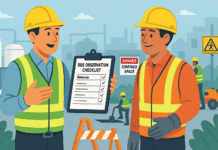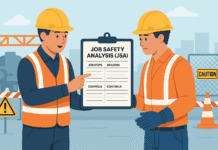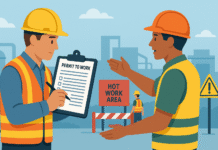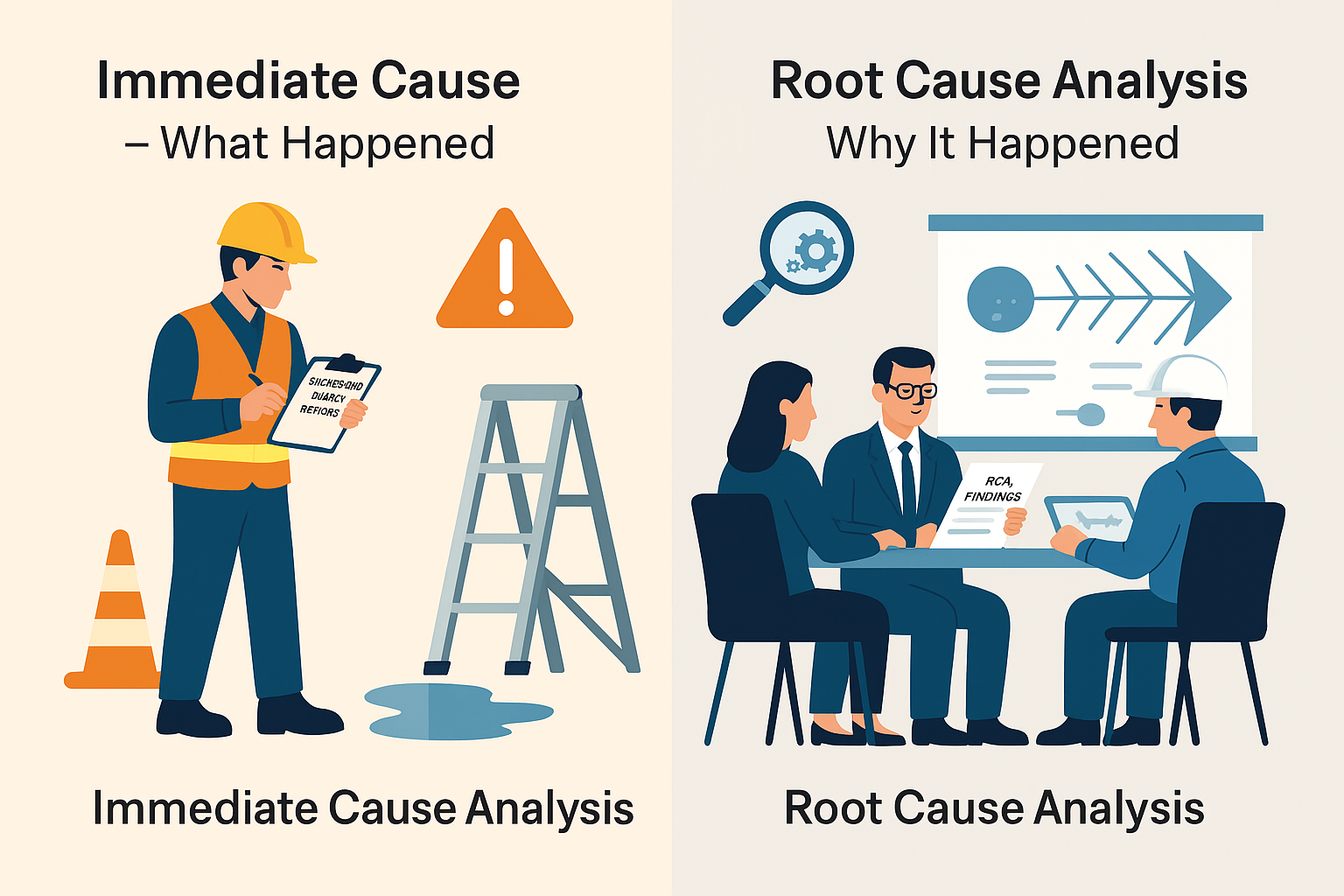
Safety Interview: Step by Step Procedure
In today’s world, workplace safety is of paramount importance. Conducting safety interviews is a crucial step in ensuring that employees are aware of safety protocols and procedures. These interviews help identify potential hazards and mitigate risks. In this comprehensive guide, we will walk you through the step-by-step procedure for conducting effective safety interviews. Whether you are a safety officer, manager, or employee, understanding this process is essential to maintaining a safe working environment.
1. Introduction
Safety interviews are a proactive approach to prevent workplace accidents and incidents. These interviews involve discussions with employees to assess their knowledge of safety procedures, identify potential hazards, and gather insights for improvement. By following a structured procedure, organizations can create a safer work environment.
2. Preparation for the Safety Interview
Defining Objectives
Before conducting safety interviews, it’s essential to define clear objectives. Are you looking to assess general safety knowledge, address specific concerns, or gather feedback on safety measures? Understanding your goals will shape the interview questions and approach.
Gathering Necessary Documentation
Compile all relevant safety documentation, such as safety manuals, incident reports, and accident records. This information will help in tailoring questions and addressing specific safety issues.
3. Selecting the Interview Team
Roles and Responsibilities
Formulate a safety interview team comprising individuals with expertise in safety protocols. Assign roles such as interviewer, note-taker, and observer to ensure a smooth interview process.
4. Scheduling the Interview
Choose a suitable time for the safety interview, ensuring minimal disruption to daily operations. Notify employees in advance to encourage their active participation.
5. Conducting the Safety Interview
Setting the Tone
Create a comfortable and non-threatening atmosphere for the interview. Emphasize the importance of honesty and transparency throughout the discussion.
Asking Open-Ended Questions
Engage employees by asking open-ended questions that encourage detailed responses. Examples include “Can you describe any safety concerns you’ve encountered?” and “How would you improve safety in your workplace?”
Active Listening
Pay close attention to employees’ responses, and ask follow-up questions for clarification. Active listening fosters trust and ensures that all safety concerns are addressed.
Documenting Findings
Take thorough notes during the interview. Document safety concerns, suggestions, and any actionable insights that arise during the discussion.
6. Analyzing and Reviewing the Interview
Identifying Safety Gaps
Review the interview findings to identify safety gaps and areas that need improvement. Look for recurring themes or issues that require immediate attention.
Developing Action Plans
Based on the identified gaps, create actionable plans to enhance workplace safety. Assign responsibilities and set deadlines for implementing changes.
7. Implementing Changes
Communication and Training
Effectively communicate the changes to all employees and provide necessary training. Ensure that everyone understands the new safety procedures.
Monitoring Progress
Regularly monitor the progress of the implemented changes. Collect feedback from employees to gauge the effectiveness of safety improvements.
8. Follow-Up Interviews
Schedule follow-up safety interviews to assess the impact of the implemented changes. Are safety concerns being addressed? Are employees more aware of safety protocols?
9. Continuous Improvement
Safety interviews should be an ongoing process. Continuously gather feedback, analyze data, and make improvements to enhance workplace safety.
10. Conclusion
Safety interviews are a vital tool for maintaining a safe workplace. By following this step-by-step procedure, organizations can identify and address safety issues, ultimately ensuring the well-being of employees.
Basic Safety Knowledge of Petrochemical Industry
Basic Safety Knowledge of Power Plant
Basic Safety Knowledge of Oil and Gas
Basic Safety Knowledge of Construction
Safety Officer Interview Questions: Basic Safety Knowledge
11. FAQs
Q1: How often should safety interviews be conducted? Safety interviews should be conducted regularly, at least annually, and after significant incidents.
Q2: What if employees are hesitant to speak during safety interviews? Encourage open communication by emphasizing confidentiality and non-punitive measures for sharing concerns.
Q3: Can safety interviews help prevent accidents proactively? Yes, safety interviews identify potential hazards and allow for preventive measures.
Q4: How should safety concerns be documented during interviews? Use detailed notes and categorize concerns for easy analysis.
Q5: Is it essential to involve employees in the implementation of safety changes? Yes, involving employees fosters a sense of ownership and commitment to safety improvements.
In conclusion, safety interviews are a powerful tool for maintaining a safe work environment. By following the outlined procedure, organizations can proactively address safety concerns, reduce risks, and prioritize the well-being of their employees. Remember, safety is a collective effort, and continuous improvement is key to long-term success.
























